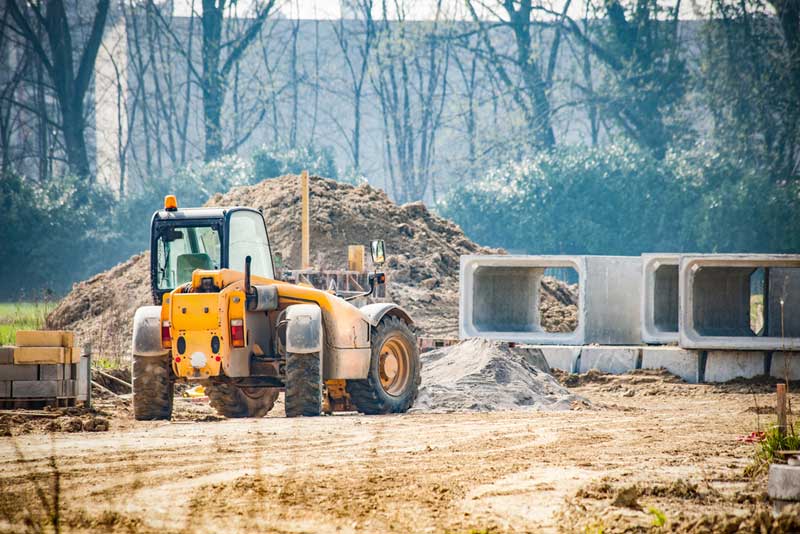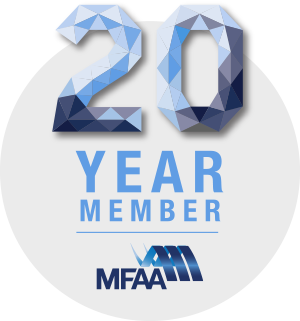Did you know that rather than forking out to purchase equipment outright for your new or existing business, you can potentially lease equipment? This means you effectively rent the equipment from the lender, saving you upfront costs and giving you the opportunity to upgrade or purchase equipment at the end of the lease.

Here, we break down five important things to know about leasing equipment.
1. The terminology
Let’s start with the basics. The terminology.
Equipment finance helps you obtain the equipment you need, by paying digestible instalments, rather than needing the full amount upfront.
An equipment lease is effectively a rental agreement with the lender over an agreed period. You pay regular payments, monthly or weekly, as agreed. An equipment loan, on the other hand, is when the lender gives you the money to purchase equipment, and you pay back the loan plus interest at regular intervals.
An operating lease is the most common lease agreement. This is also known as rental finance or off-balance sheet borrowing. The finance agreement is usually over a period of one to five years and must follow ATO guidelines. It effectively means you pay to use the equipment for the duration of the lease.
Taking out a finance lease means you pay agreed residual payments to the finance company over the length of the lease period until full payment is made, and then ownership is transferred. Your tax agent can help you determine whether an operating lease or a finance lease is better for your company.
The lessor owns the equipment. The lessee is the person using the equipment
2. Who is responsible?
Say you have leased equipment for your business, and within the lease period, the equipment breaks down. What if the equipment was damaged by one of your employees? Who is responsible for the cost of repair or replacement in each scenario?
The lessor and the lessee need to agree to the terms in a lease contract. The contract specifies who is responsible in the case of fault or disrepair. You will also need to ask about insurance. Is insurance included in the lease arrangement, or does this need to be arranged separately?
3. What happens after the lease?
A lease is effectively a temporary arrangement. At the end of the lease period, you will generally have a couple of options. One is to renew your lease and potentially upgrade equipment. This can be a good solution for businesses that use equipment which needs upgrading, like computers and software.
Another option you may have is to purchase the equipment at fair market value at the end of the agreement.
4. Do you need a deposit?
Unlike when you take out an equipment loan, you don’t need a deposit when you apply for an equipment lease.
5. How do I find the right equipment lease?
Your tax agent can help you understand which kind of equipment lease your company needs. They can also help you identify tax benefits. An equipment specialist at Smartline Rockingham can help you find a competitive lease agreement, and complete the paperwork.

